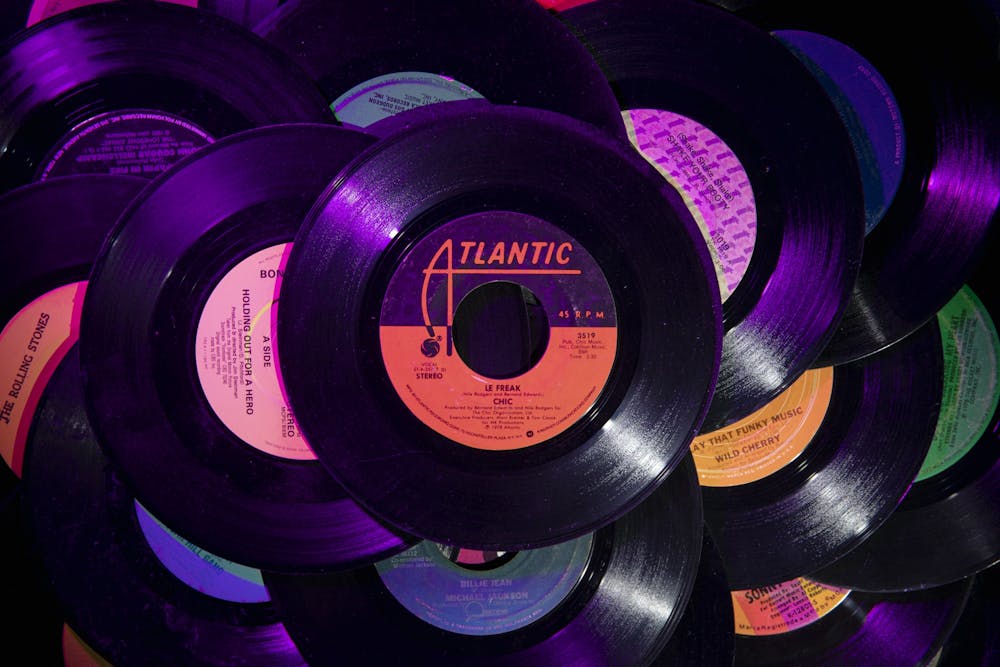Let’s talk about Christmas music. Festive, nostalgic, whatever.
I can’t stand to hear any Christmas song more than once each season. However, I do appreciate the fact that Christmas music serves as an annual barometer of how we listen to music and how we measure American chart success in the streaming age.
First, consider Christmas 2011. “We Found Love” is atop the Billboard Hot 100 chart, Adele’s yearlong “21” reign is slowly ending and the Glee Cast has five songs on the chart. For the tracking week leading up to December 25, no holiday songs charted at all.
Then, three months later, in March 2012, the chart changed its ranking formula to accommodate a growing shift in music consumption: the dawn of streaming.
In the 1950s, chart positions were determined by counting radio station spins, jukebox plays and record store sales. Between the 1990s and the 2000s, the chart had been based mostly on digital sales on platforms like iTunes and radio airplay.
The New York Times noted soon after the change that it would give prominence to musicians with online fame that had not yet reached mainstream success — think indie hitmakers like Tame Impala and electronic composers like Avicii.
Now, back to Christmas — consider Christmas 2012. One holiday song makes an appearance on the chart, Mariah Carey’s “All I Want for Christmas Is You,” an annual staple since.
Since 2019, the song has topped the chart at No. 1, and it’ll likely go No. 1 in the U.S. every Christmas until the end of the chart.
But in 2012, the song peaked at No. 25. Why such a huge difference? Has the world simply fallen more in love with Mariah in the last ten years? Do we simply buy more Christmas music now?




